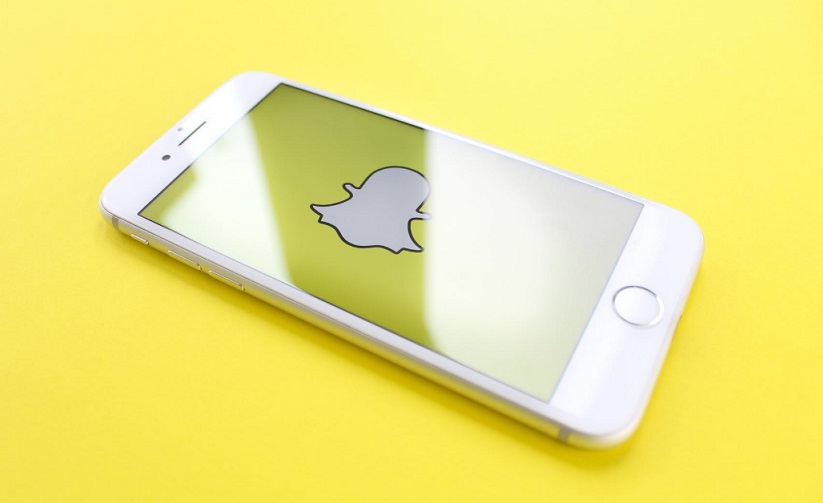Yes, technology is evolving and at the same time making our lives easier… most of the time. And although it is true that we are using fewer cables than we used to in the past, there are still lots of them which very often, we don’t know how to differentiate. Here is a look at some of the most popular ones. To help, we will provide you with their full name and explain what they are used for. Hopefully, once you have read this article, it will be easier for you to work around your computer cables.
Cables Most Used Currently
HDMI Cable (High Definition Multimedia Interface)
Let’s start with the HDMI cable. Why? Because it’s the one you need to connect your computer to your TV. In an era where most of us watch Netflix, but prefers to do so, on our larger television screen than on our computer, the HDMI cable is a must to have. It helps transmit data in high definition. There are a few variants of the HDMI cable which are as follow:
The HDMI-A is the most common one. It is made of 19 holes on the female side (19 pins on the male side) and it works with a single link DVI-D connectors.
The HDMI-B is large and therefore features 29 pins/holes according to each side. It also functions with the DVI-D connections as well as with dual links.
The HDMI-C is the one we use with portable electronic products. Like the “A” version it possesses 19 pins/holes connectors.
The HDMI-D also has 19 pins/holes, but it does not have the same look as the other HDMI cable. It is more similar to a micro-USB cord.
USB Cable – Universal Serial Bus
You probably use a USB cable every day in your life, at least to charge your phone battery. They are used for so many different items connected to our computers, namely: the mouse, headsets, flash drive, keyboards, etc. What you might not have known before reading this was the actual meaning of the three letters. They describe its universality well, as it is used for so many different external elements. Here are the various USB cables which are available on the market today. They vary according to their capacity to transmit data.
USB 1.0: up to 12 Mbps
USB 2.0: up to 480 Mbps
USB 3.0 up to 4.8 Gbps
As for the micro and mini USB cables, they are normally used for smaller electronics items such as phones and cameras.
FireWire
These cables are still in use today. They usually serve to connect printers and scanners to our computers. There are two different types of transmission rates which are: 1394-A type for transfers up to 400 Mbps and 1394-B type for transfers up to 800 Mbps.
Ethernet Cable
This is still quite a popular cable. You’ll find it if you use a box for your TV. You’ll also need it to plug into routers and extenders and you can use it to plug directly into the landline if the wi-fi connection is not strong enough. They are what you use when you need to connect to the LAN (Local Area Network). Again there are various types which are: Cat 5, 5e and 6.
Lesser known Cables
VGA Cable – Video Graphics Array
If you still use a PC (not a laptop), then you probably still need to connect your screen through this cable. This being said, you may also use the HDMI cable, which we mentioned before, to solve this situation, depending on which kind of monitor you use. It doesn’t change the fact that all graphic cards or monitors will still feature a slot for this cable, which ends with 15 pins divided in 3 rows. It is normally used with a DVI Cable (Digital Visual Interface). There are also several of them, and they are named DVI-A, DVI-D and DVI-I.
IDE Cable – Integrated Drive Electronics
There are many cables which you may never use or you might need once or twice in your life. If an IDE cable doesn’t mean anything to you, you are forgiven. In fact, it is not a very popular cable. Its purpose is to connect motherboards to outside storage devices. For the purpose of recognizing it, if you ever come across one, try to remember that it looks like a ribbon and it has more than 2 plugs at its end, which features 40 pins for the standard and 44 for the smaller one.
SATA Cable and eSATA Cable – (External) Serial Advanced Technology Attachment
Since these are also not very well known cables, let’s just stick to the basics by saying that they are the ones replacing the IDE cables for more recent hard drive models. Visually, they have eight pins, and they also have two connectors on each side. What about the eSATA? Well, they are an improvement on the regular SATA.
Got it all?




